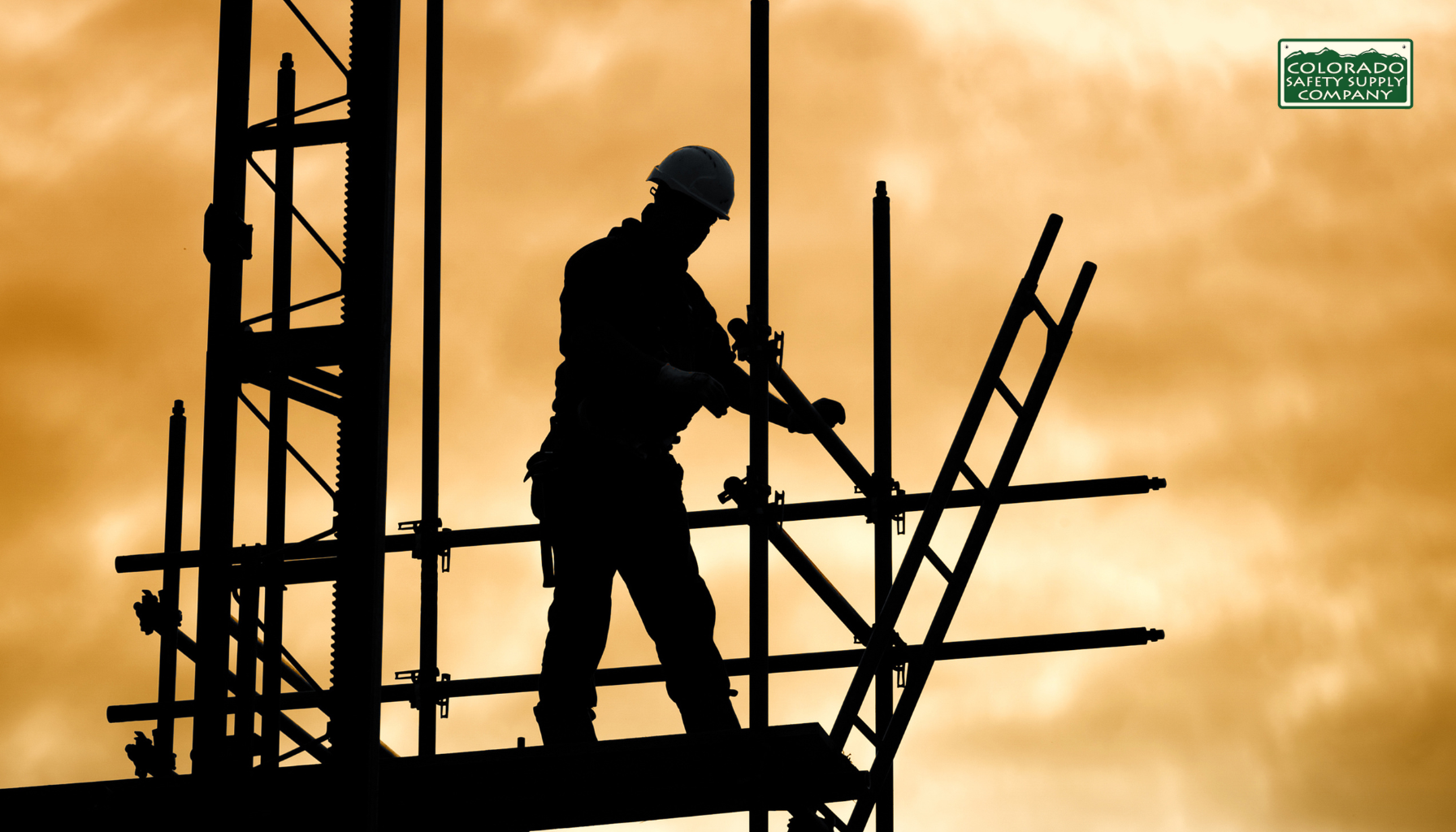When it comes to working on construction sites, one of the most common yet hazardous tasks involves using portable ladders. Whether you're installing fixtures, painting, or conducting repairs, the way you handle a ladder can significantly impact your safety. The risks are clear: falls from ladders can result in anything from minor injuries like sprains to more serious consequences, including broken bones, concussions, or even fatalities.
Here, we’ll discuss practical strategies to ensure ladder safety on your job site, emphasizing how to avoid common pitfalls and ensure that your team is protected.
Understanding the Risks
Ladders may seem simple, but they come with a host of potential hazards:
- Slipping and Falling: A ladder might slip sideways due to overbalancing or inadequate footing.
- Ladder Movement: Ladders can shift unexpectedly, especially if they're not secured properly.
- Structural Failure: Overloading a ladder beyond its capacity can lead to catastrophic failure, especially if the ladder is damaged.
Each of these risks underscores the need for careful attention when setting up and using ladders on a construction site.
Best Practices for Ladder Safety
To minimize the risks associated with ladder use, follow these essential guidelines:
- Inspect Before Use: Before stepping on any ladder, inspect it for cracks, broken parts, or other visible defects. This should be done regularly and by a competent person who knows what to look for.
- Proper Positioning: Always place your ladder on stable, level surfaces. The top of the ladder should be secured to a rigid support, with siderails extending at least 3 feet above the landing point.
- Hands-Free Climbing: When climbing up or down, always face the ladder and use at least one hand to maintain your grip. If you're carrying tools or materials, ensure they are secured properly so they don’t cause a fall hazard.
- Avoid Overloading: Never exceed the ladder’s maximum load capacity. This includes your body weight and any tools or materials you're carrying. Overloading can cause the ladder to slip or collapse.
- Regular Maintenance: Ladders with any structural defects should be removed from service immediately. Mark them as "Do Not Use" until repairs are made.
Common Mistakes to Avoid
Even experienced workers can make errors that compromise their safety. Here are some pitfalls to steer clear of:
- Don’t Use the Top Step: Avoid using the top or top step of a stepladder as a platform. It’s not designed to support weight in this way, and doing so can lead to a loss of balance.
- No Improvised Climbing: The cross-bracing on the rear of a stepladder isn’t a substitute for a proper step. Don’t use it for climbing unless it’s specifically designed for that purpose.
- Stay Secure: Never move, shift, or extend a ladder while you’re on it. Always descend first and then adjust the ladder.
A Culture of Safety
Fostering a culture of safety on your construction site starts with education and consistent practice. Encourage your team to always follow these guidelines and to look out for one another. By being vigilant and disciplined, you can greatly reduce the risk of ladder-related incidents.
When working on ladders, safety is paramount. Explore our comprehensive ladder collection designed to meet the highest standards for construction sites. Pair your ladder with our specialized ladder harnesses, engineered for maximum stability and protection. Ensure your team has the best equipment to prevent falls and work confidently at any height. Visit our ladder collection page now to find the perfect match for your job site needs.
Ladder Harness: Click here
Ladder Collection: Click here















